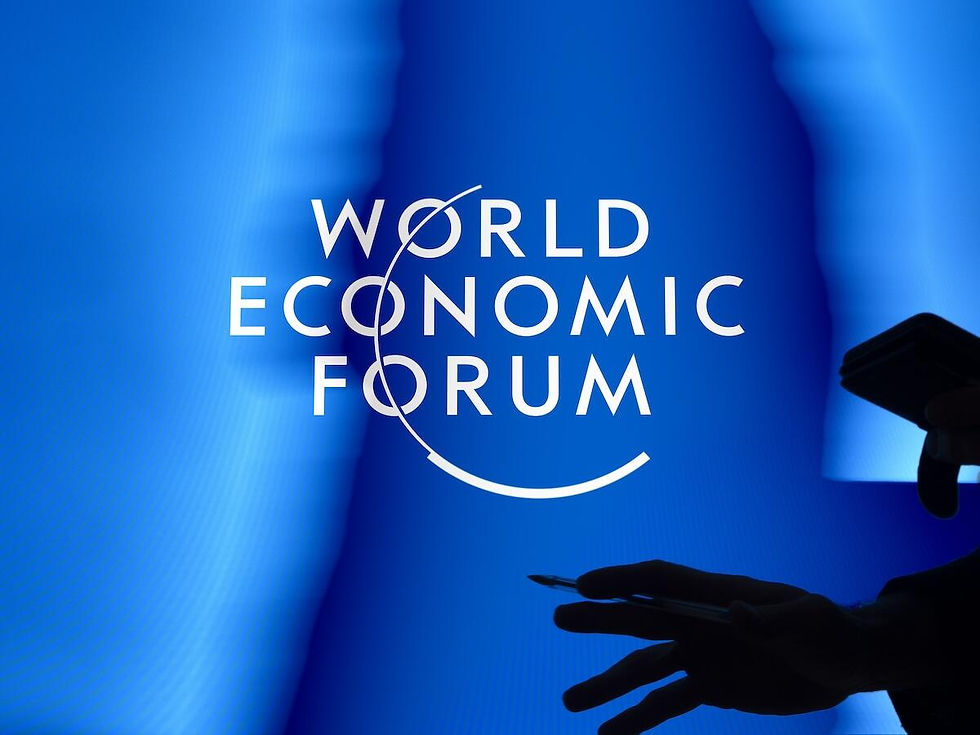Harmonizing Regulatory Frameworks for Seamless Cross-Border Payments
- Priscilla Pimentel
- Jun 11
- 2 min read
Updated: Jun 14
In a world where every market speaks its own compliance language, seamless cross-border payments remain out of reach. LEDGE changes that by unifying regulatory rules into a single, real-time framework, so funds move instantly, transparently and without repetitive checks.

“Outdated and divergent regulatory frameworks remain a key obstacle to fast, transparent and inclusive cross-border payments.” weforum.org
Despite technological advances, cross-border transactions bog down in inefficiencies because each jurisdiction enforces its own compliance rules, data requirements and licensing regimes. This divergence drives up costs, delays settlements and shuts out non-bank players—undermining the promise of instant, low-cost global payments. weforum.org
The WEF paper identifies four main “regulatory frictions”:
It recommends forging harmonized standards through public–private collaboration, modernizing rulebooks and strengthening cross-border cooperation to unlock interoperability.
LEDGE delivers on these recommendations by:
Shared Compliance Mesh: Uniting all participants under one real-time standard (ISO 20022 + UETR), eliminating divergent rulebooks.
Tokenized Profiles: Converting each client’s KYC/AML “paper trail” into a signed digital token that travels with every payment—preserving data integrity and privacy across borders.
Adaptive Governance Core: Automating policy updates and AML rule enforcement via AI-driven microservices, ensuring every jurisdiction’s rules are applied instantly.
Open, Plug-and-Play Architecture: Seamlessly integrating with SWIFT GPI and instant-payments rails so banks and fintechs adopt a unified framework without rewriting legacy systems.
Discover how LEDGE’s interoperability engine turns regulatory harmonization from aspiration into reality. Schedule a demo and start processing truly global payments in seconds. —Book your demo today.



Comments